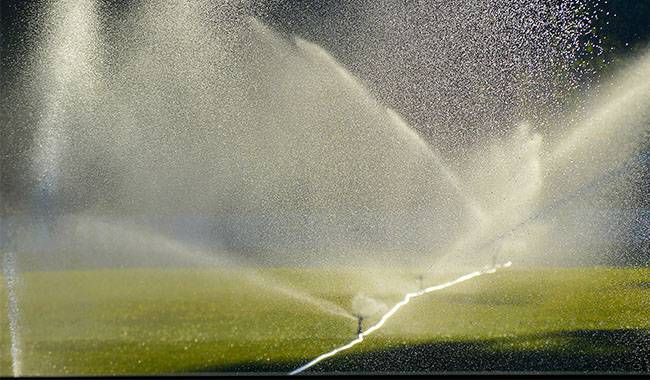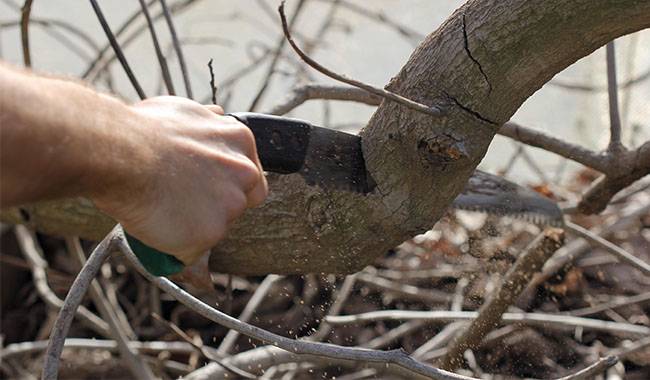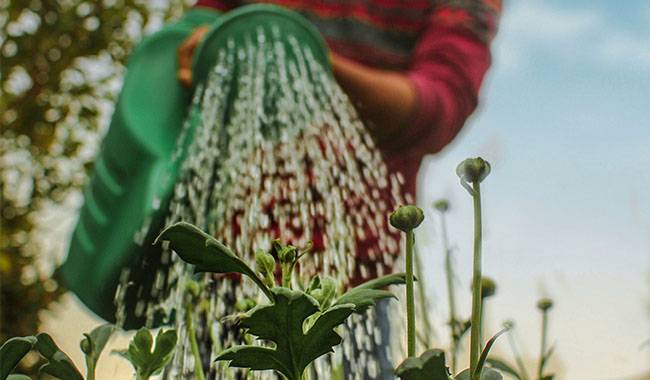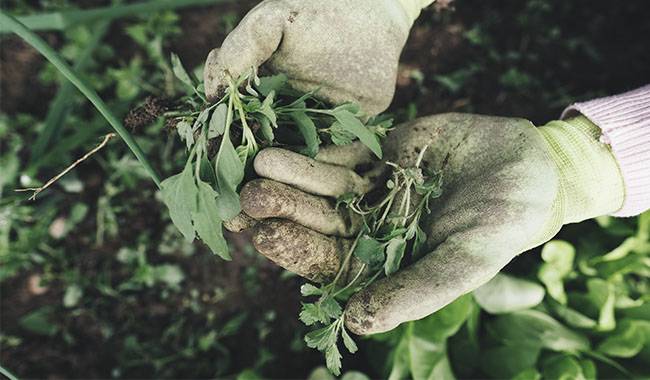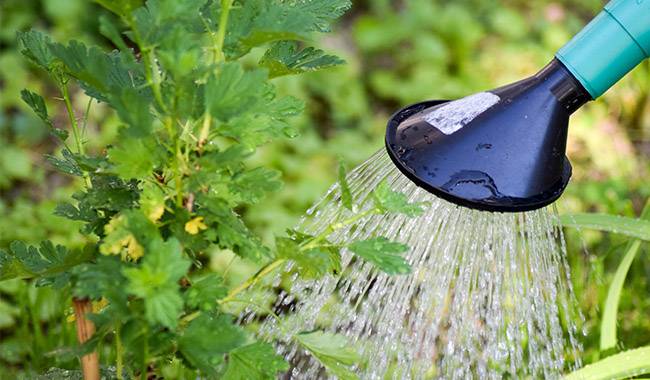
When we have a drought, a dry fall turns into a dry winter also a dry spring. The rivers that flow through us, represented by small streams, may last for months.
Small pools are completely filled with frogs’ eggs. The frogs are in full bloom, but there is nowhere to lay their eggs. The problem of providing water for plants under such conditions is very acute.
In this article, I will tell you what options are available for a single plot and how to plant watering rationally without adding more work for yourself.
HOW CAN I WATER?
In fact, there are only two ways to water plants: one is sprinkling, which benefits all plant inhabitants of the neighborhood, and the other is “targeting”, choosing favored plants. The second, understandably, is several times more economical.
Sprinkling may be effective only for lawns and various types of turf. In other cases, it is an unnecessary waste of water and a breeding ground for weeds. This applies mainly to homes or summer houses – in fields, the situation is quite different.
“Targeted” watering includes all other varieties of irrigation, both traditional (from a watering can) and “exotic” (with the help of a wick). The most cost-effective option is to consider drip irrigation, where water is delivered in strict doses.
Officially, this method was invented in Israel. There, it is vital, because 60% of the area occupies the Negev desert.
But in my opinion, the idea has always been there. Variants of drip irrigation have been used before by artisans in places where water is scarce or short of time, and the Israelis have patented them and introduced them into mass production.
And they’re automated, so you install the system once and never have to worry about it again.
QUANTITATIVE WATERING METHODS
With drip irrigation systems, the most diverse, you can simply buy and choose those that suit the specific site and requirements of the homeowner. Still only concerned with the source of water. It is desirable that a large container in which the water will be heated.
It should be dark and closed because it will heat up faster and will not breed algae. The disadvantage of the system – all those pipes and hoses clutter the space.
It’s best to try it out in a greenhouse and then decide if you like it. For hot, dry areas, this method is great.
You can not buy, look at the options and collect independently from the simple materials available. Broken hoses are very handy.
The vast majority of popular drip irrigation methods and tubeless methods are based on the use of plastic bottles. Fortunately, with these resources, there are usually no problems.
Take a bottle with the bottom cut off and a hole in the lid and stick it with the lid facing down near the plant (or group of plants) to be watered, leaving only the water to be added here periodically. You can use special tapered drip tips.
The following options are available.
- bottles with suspension and drippers.
- with hanging bottles and slightly loose cork.
- systems with a set of 1.5-liter and 5-liter cutting bottles (small bottles for water and large bottles to collect the condensate flowing into the ground).
- and various other options, depending on the needs and imagination of the gardener.
These methods will ensure a water supply for the plants for a few days but require filling many containers as they are emptied. If drought periods are few, it is quite acceptable.
An interesting option borrowed from indoor floriculture is wicked irrigation. All at home: put a container with water in the middle of the bed, the water stretches from the cloth to the plants (they should be filled with a little soil).
And the plants themselves will “suck up” the water. You can use multipurpose plastic bottles.
Watering with watering cans, buckets, hoses with different nozzles does not lose its meaning, but it needs to be timely, i.e. the owner is often in the plot. The flow rate of water is significantly higher. Time this activity also requires a lot (and routine).
All of the above applies to herbaceous plants. Watering of trees and bushes is usually done with hoses (filling into trenches, special pipes, or water spreaders) and for a long time.
CAN I NOT WATER IT?
You can reduce watering to a minimum, or to none at all. And, there are many added bonuses. This problem can be solved by mulching.
The thickness of the mulch can be very different with the materials used: hay, straw, non-woven, shredded sawdust, compost, cones, wood chips, and even stones. In decorative gardens, this function is successfully performed by ground cover plants.
For vegetable crops, the best results show hay, straw, decaying sawdust, grass clippings, cut edges.
The main advantage of this method is that it preserves not only the water in the soil but also the water that forms in the upper layers of the soil every morning due to the drop in temperature (condensation). That is natural irrigation without additional water application.
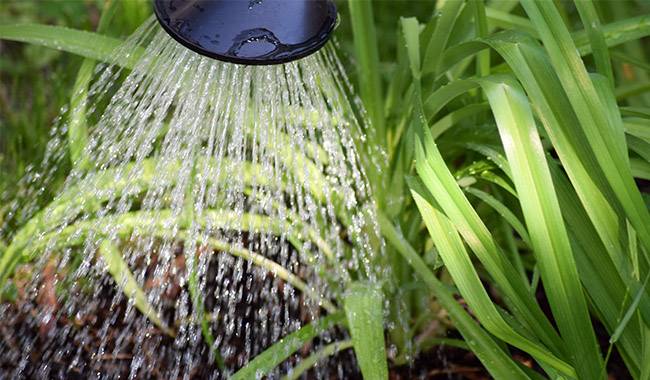
OTHER BENEFITS OF MULCHING
The topsoil is not compacted, no weeding is done, and no loosening of the soil is required (which inevitably causes damage to the sucking roots of the plants).
Mulch greatly reduces the number of weeds.
The soil topsoil does not lose useful microorganisms to heat, sun, and wind, which recycle organic matter into usable elements for plants.
There is no regular watering to wash out nutrients from the root layer.
Earthworms can happily settle under the mulch layer and fertilize the surroundings with their copepods.
If organic matter (clippings, grass, compost, rotting sawdust) is used as mulch material, it adds a bonus.
The mulch processed by soil microorganisms can be used as fertilizer.
The carbon dioxide released by these voracious organisms is the basis for photosynthesis, which provides 94% of the nutrients for plant growth and development (mineral nutrients provide only 6%).
The heat that is inevitably generated during this feast provides a more comfortable environment for our pets.
Mixing the soil inhabitants with organic residues significantly improves the soil structure
- the top layer of the soil is not compacted, does not erode, and does not need to be loosened (due to the inevitable damage caused by the sucking roots of the plants)
- the mulching significantly reduces the number of weeds
- the soil top layer does not lose beneficial microorganisms to heat, sun, and wind and does not process organic matter into plant-available elements
- lack of regular watering does not flush out nutrients from the roots
- under the mulch layer earthworms can happily settle down and fertilize their surroundings with their symbionts, and if organic matter is used as mulch material (chopped green manure, grass, compost, rotting wood chips), additional.
- the use of mulch treated by soil microorganisms as fertilizer.
- the carbon dioxide released by these voracious organisms is the basis for photosynthesis, which provides 94% of the plant’s nutrients for growth and development (mineral nutrients provide only 6%).
- the warmth that inevitably develops during this feast provides a more comfortable environment for our pets
- soil inhabitants mixing the soil with organic residues significantly improves the soil structure.
“THE NUANCES OF “NO IRRIGATION
Newly planted seedlings are best mulched to retain soil moisture. Plants sprouting from seed are mulched after the true leaves have formed when the soil has warmed up.
If a layer of mulch is placed over the cold ground, it will remain cold for a long time. The plant will be stunted.
We use grass clippings as mulch for vegetable gardens – we have a lot of them.
It is more effective to cultivate green manure directly on the seedbed and then shred it and use it as a mulch because it solves several problems at once.
- It suppresses the growth of weeds.
- It is the roots of the green manure that will remain in the soil after cutting and will be used by soil microorganisms and turned into fertilizer. Meanwhile, the remaining cavities will condense moisture on the walls. The more roots there are, the more moisture there is.
- Processing fresh plants produces the nitrogen and carbon dioxide needed for vegetables. Fourth, some green manure plants, such as white mustard, repel bears and slugs with their root excrement.
Mulch should be added mid-season, as the lower layer will be treated by soil microbes (fungi, bacteria, protozoa) and mixed with the upper layer by larger soil inhabitants (mainly earthworms).
For roses, I use a complex version of mulch (layered mulch): hay, cotton (like old T-shirts), more hay, cones. Roses in summer (Kuban!) I water once a month if it doesn’t rain at all.
Cloth is a water accumulator, slowly returning water to the soil. At the same time, the moist fabric helps to cool the surface of the earth, condensing additional moisture through the temperature difference air-soil. If you unscrew all these buildings, you will find cool, moist soil and lots of earthworms.
I used small stones to cover the soil where the drought-tolerant plants were growing. So it turns out that the rocks are almost always cool and moist underneath, too. The reason is the same – condensation. Plants turned out to be no problem in the rocks.
Another favorite is groundcovers. A variegated periwinkle grew under our lilac tree, rooting and sprouting in every possible place to form a continuous bush.
Although it still needs to be watered once a week, the soil under it does not dry out even in the heat. In the forest, I have seen wild periwinkle in the driest and shadiest places.
Likewise, for dry places with poor soil, cone fuchsias, creeping hardy, and Sedum spp. are suitable, spending a little money in the shade. Ground cover is plentiful and you can always find a suitable one.
Do not be afraid that some plants will deprive other plants of nutrients, the worst enemy – bare soil. Because it’s practically dead.
Cover the bed with various non-woven materials, most often for strawberries, but also quite suitable for other crops.
By the way, the effect is enhanced if a white material is laid over the black mulch material – the ground does not overheat and condensation accumulates more actively. In addition, reflected light is no less useful for plants than direct light.
MOISTURE RETENTION MATERIALS
There is the option of storing moisture directly in the soil. To do this, give acidophilic plants (which prefer acidic soil) plenty of peat. The maximum effect can be achieved by placing peat in the root-absorbing zone.
Peat can absorb 500% to 1800% of water during irrigation and when it rains (maximum peat). The plant then sucks it out.
Vermiculite and perlite absorb 500% and 400% of water respectively after irrigation and then slowly dampens the plants. It is not very suitable for repeated use, and its absorption capacity decreases with each cycle. But they do not stop the structure on the soil.
Hydrogels have the steepest water absorption capacity: 1 gram of dry gel can absorb 200-300 grams of water. The hydrogel can repeatedly dry out, swell and serve in the soil for about 4 years before the soil microorganisms eventually use it.
The use of water-retaining materials is remarkable in light sandy soils, containers, hanging pots, and vertical flower beds.
Dear Readers,
Providing water for plants is a very creative process! Combining different approaches will only benefit the plants. I wish you a good harvest!




